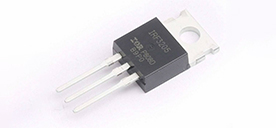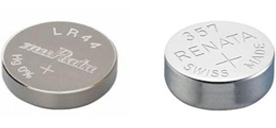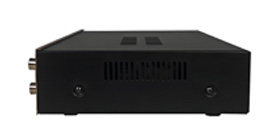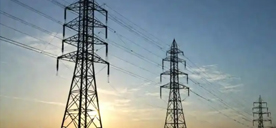Learn more about the technical differences between Class A power supplies and linear power supplies
2024/5/9 11:52:26
Views:

一. The difference between Class A power supply and linear power supply:
Class A power supply is a switching power supply, which controls the voltage through fast switching, and the output current is approximately DC, providing high efficiency and power output. Linear power supplies use traditional transformer and rectifier designs, with stable output voltage, low noise and low ripple.
二. The difference between Class A power supply and linear power supply:
1. Working principle:
- Class A power supply: A high-frequency switch controls the voltage and keeps the output voltage stable through a transformer and filter.
- A linear power supply changes the input voltage into a steady output voltage by using rectifiers and transformers.
2. Application occasions:
- Class A power supply: suitable for occasions with high efficiency and power requirements, such as high-demand amplifiers and electronic systems.
- Linear power supply: Suitable for occasions with high signal quality requirements, such as audio and video fields.
3. Performance indicators:
- Class A power supply: high efficiency (above 70%), but larger ripple.
- Linear power supply: low noise, low ripple, but relatively low efficiency.
4. Maintenance cost:
- Class A power supply: integrated circuit and surface packaging technology, high maintenance costs.
- Linear power supply: The circuit design is simple and the maintenance cost is relatively low.
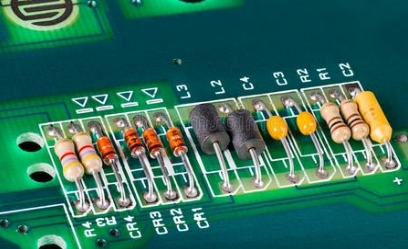
Basic knowledge:
Power supply is the power of electronic equipment, which is supplied to the equipment by converting electricity. Linear power supply and switching power supply are the two main methods. The basic principles of linear power supply are series voltage stabilization and parallel voltage stabilization.
Commonly used components:
1. Three-terminal adjustable voltage regulator LM317: Provides adjustable and stable output voltage.
2. Low dropout linear voltage regulator (LDO): achieves stable output by operating a pull-down driver.
Device introduction:
Low dropout (LDO) regulator TL1963A delivers 1.5 A of output current with a dropout voltage of 340 mV and an output voltage range of 1.21 V to 20 V. It is designed for fast transient response for sensitive RF power applications.
These basic knowledge and common components are widely used in various occasions, such as audio power amplifiers, experimental instruments and testing purposes.
Related Information
-
-
Phone
+86 135 3401 3447 -
Whatsapp

